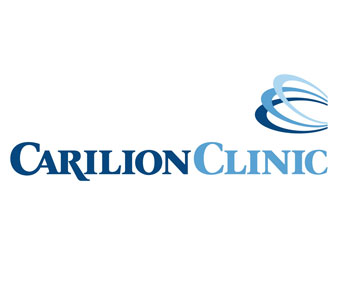Company Carilion Clinic
Implement distributed antenna system (DAS) and WLAN solutions from Black Box (BBOX).
Benefits100% coverage and high availability of all wireless services. This has enabled our IT staff to focus on end user needs instead of troubleshooting wireless issues.
Major ChallengesAs an example, we currently utilize over 400 mobile carts within our hospitals. While we are satisfied with their ability to support clinical workflow, we have some component and cost concerns.

When you made the decision to implement Epic’s EHR throughout your acute care hospitals and ambulatory physician practices, why did wireless coverage factor so heavily into your plans?
A number of years ago, we determined “wireless” was going to be a key enabling technology for efficient and quality patient care. Like most hospitals, we initially installed traditional wireless systems, meaning a separate infrastructure for each wireless service. We weren’t happy with the results. We were unable to provide the consistent wireless coverage our customers required without significant IT support. This led us to research new solutions that would provide ubiquitous wireless coverage throughout our facility and if possible, deliver all of the wireless services we used (802.11, 3G/4G, 2-way radios, etc.). Our research led us to the decision to implement distributed antenna system (DAS) and WLAN solutions from Black Box (BBOX).
How has wireless enabled physician adoption of Epic?
Since we were implementing an enterprise wide health record application, we wanted to ensure various technologies were leveraged so that all clinicians and physicians could utilize Epic as efficiently and effectively as possible. We analyzed the cost to install PCs in all patient rooms in comparison to implementing wireless carts. Our analysis suggested “going wireless” made the most sense for us. Not only was this the most cost effective option, it also supported our patient centered clinical workflow.
Having ubiquitous wireless coverage has given us a great deal of flexibility in supporting physician and clinician workflows. For example, our physicians are able to utilize their wireless laptops while seeing patients in the hospitals, maximizing the availability of mobile computers for the rest of the staff. Also our reliance on wireless connectivity eliminates the multiple log-in dilemma. In addition, I believe it has accelerated user confidence and adoption of EHR applications.
How did BBOX help make the promise of ubiquitous wireless your new reality?
As a solutions-systems integrator BBOX understands both the customer needs as well as the in-building requirements for delivering cellular services. Although VCU Health System had wireless engineers on staff, it relied on BBOX’S deep domain expertise of in-building wireless design and deployment.
BBOX’s professional services organization helped us plan and deploy the network. They conducted a comprehensive assessment of the new hospital, enabling us to better understand how RF signals propagate; room-to-room, floor-tofloor and across the entire building. Wireless was engineered and deployed to address the unique requirements for each wireless service, device and application. In addition, their unique Wi-Fi deployment enabled us to “traffic manage” our WLAN clients – from VoIP handsets to mobile computers – minimizing data contention and optimizing network throughout and performance.
The Solution
We continuously test new peripheral devices to determine if they fit a “business need” or can address a particular concern. As an example, we currently utilize over 400 mobile carts within our hospitals. While we are satisfied with their ability to support clinical workflow, we have some component and cost concerns. For instance, we have yet to find a battery that will support a full eight-hour shift. We are currently evaluating new devices that could be cart substitutes in the future. One particular device, which is showing some promise, is the tablet PC. Our initial testing reveals these devices to be highly portable, with a battery life over 12 hours and a substantially lower acquisition cost. As we anticipated 4 years ago, the need for wireless connectivity is now A fundamental expectation within our hospitals. Our ubiquitous wireless solution is not only meeting our current needs, but should continue to do so well into the future.